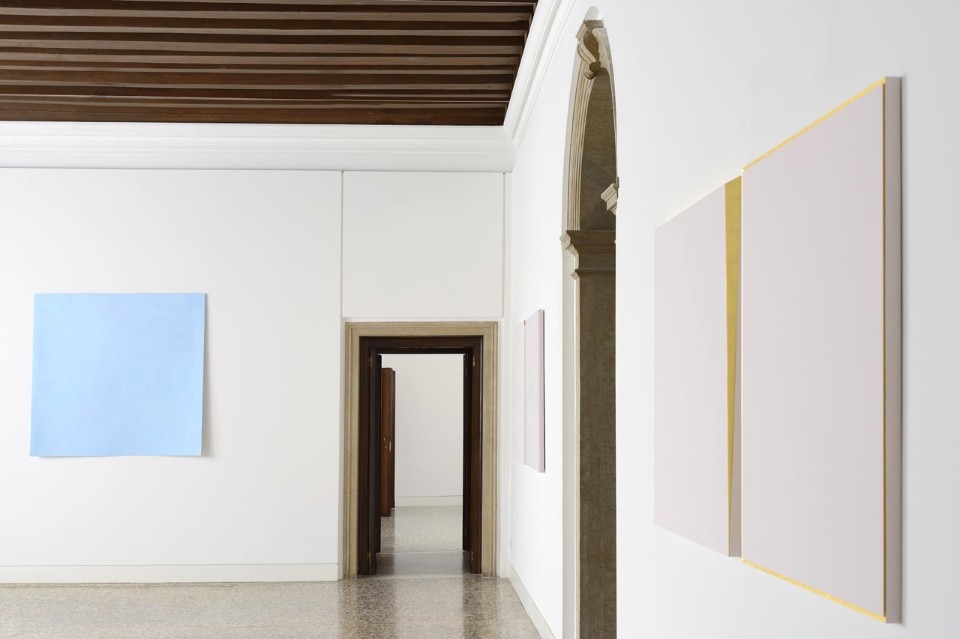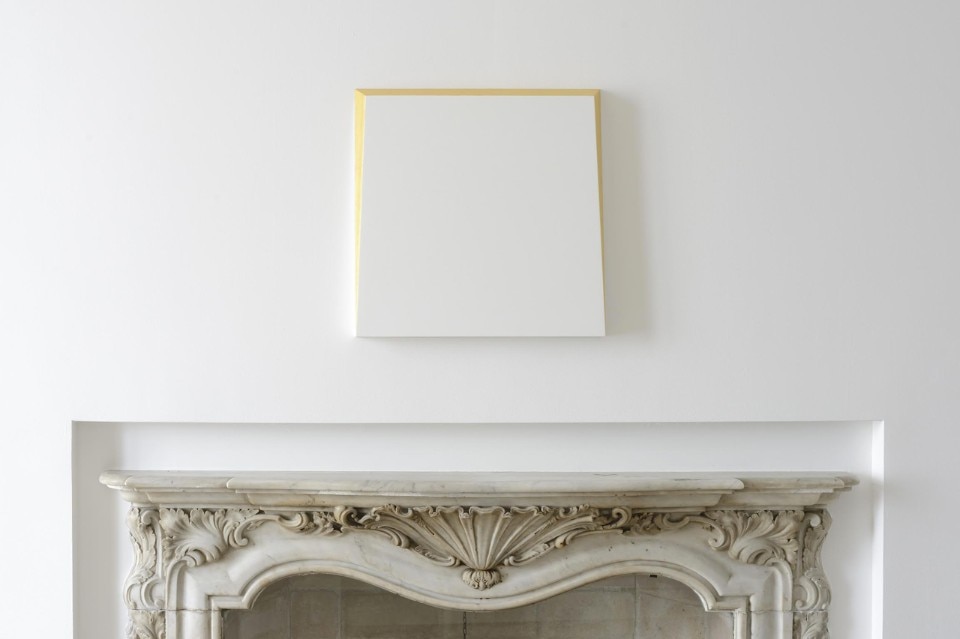
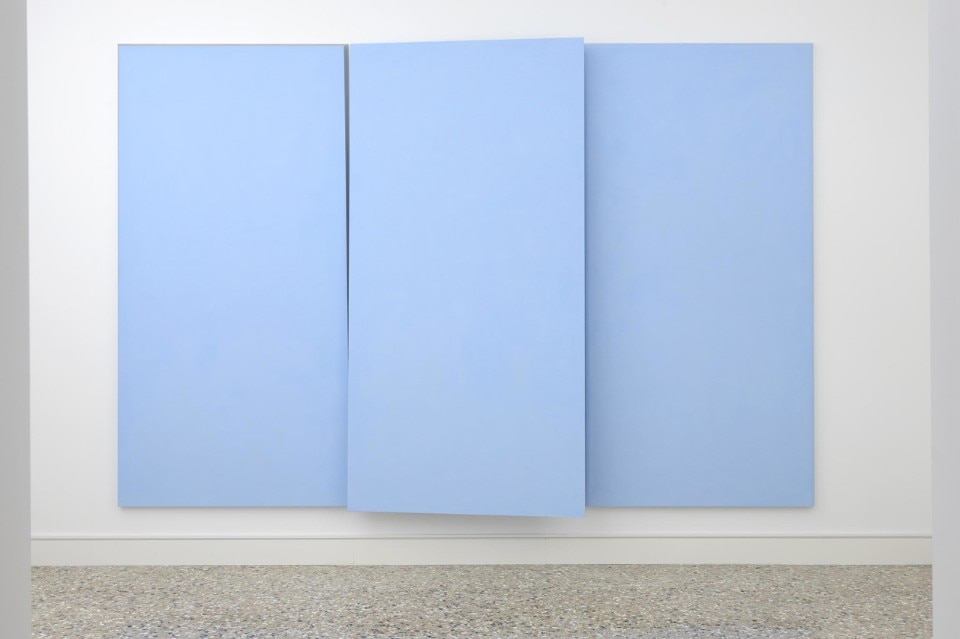
Here, the pink and blue are more notions, whiffs almost, than real colours. The gold is dazzling light that undermines the simple completeness of the forms, often erasing their corners and two surfaces – celestial and sky blue – on two different walls are drawn to each other like magnets, so close they almost touch in a corner of the room.
The quality of these echoes of colour, the ability of these bodies to absorb and release light, the special way the supports are moved and the space is occupied and scattered with few but pervading presences are all unique to Spalletti’s approach, which is a glorious celebration of painting and its history – from Fra Angelico to Piero della Francesca and Malevich.
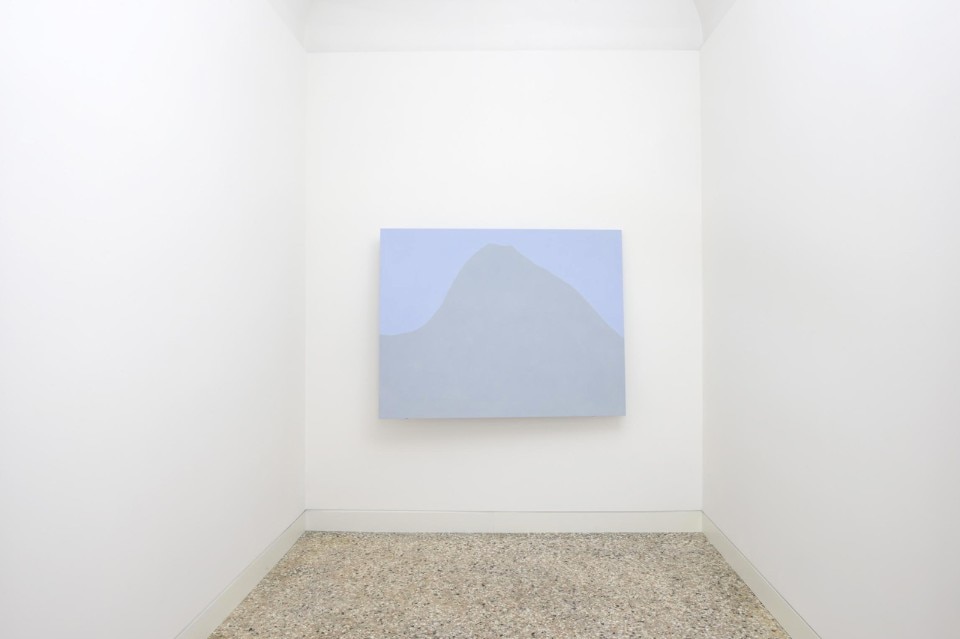
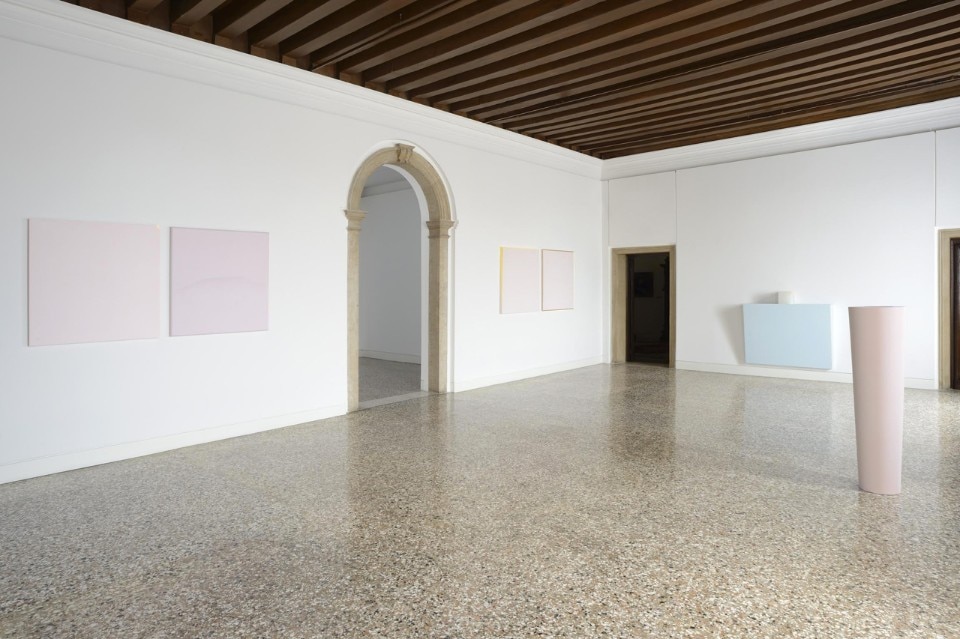
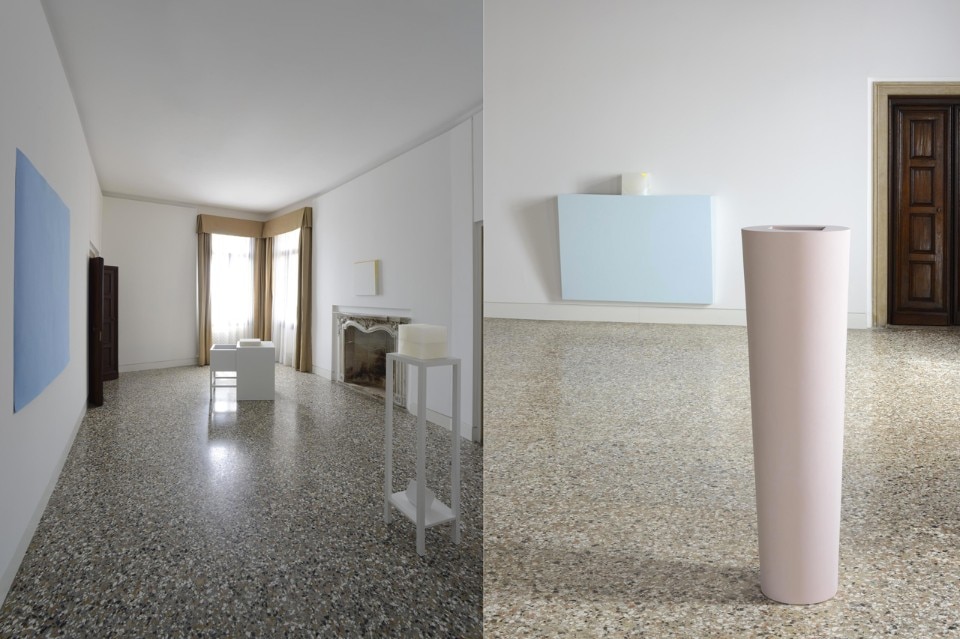
Just as visitors to the Monet rooms at the Orangerie in Paris find themselves floating inebriated by the diffused light, glare and reflections, so too do visitors to the second floor of Palazzo Cini in Venice feel lighter, taking a step towards dematerialisation. Spalletti’s work gives off a sacred aura, comparable only to that of certain works by Yves Klein.
Promoted by the Fondazione Giorgio Cini and ASLC with a contribution from Studio la Città di Verona and sponsored by NCTM, this exhibition must be praised for confirming to the international audience of the 56th Venice Biennale that Spalletti is certainly one of today’s most poetic and classical contemporary artists.
until 23 August 2015
Ettore Spalletti
Palazzo Cini
Campo San Vio, Dorsoduro 864 Venezia

